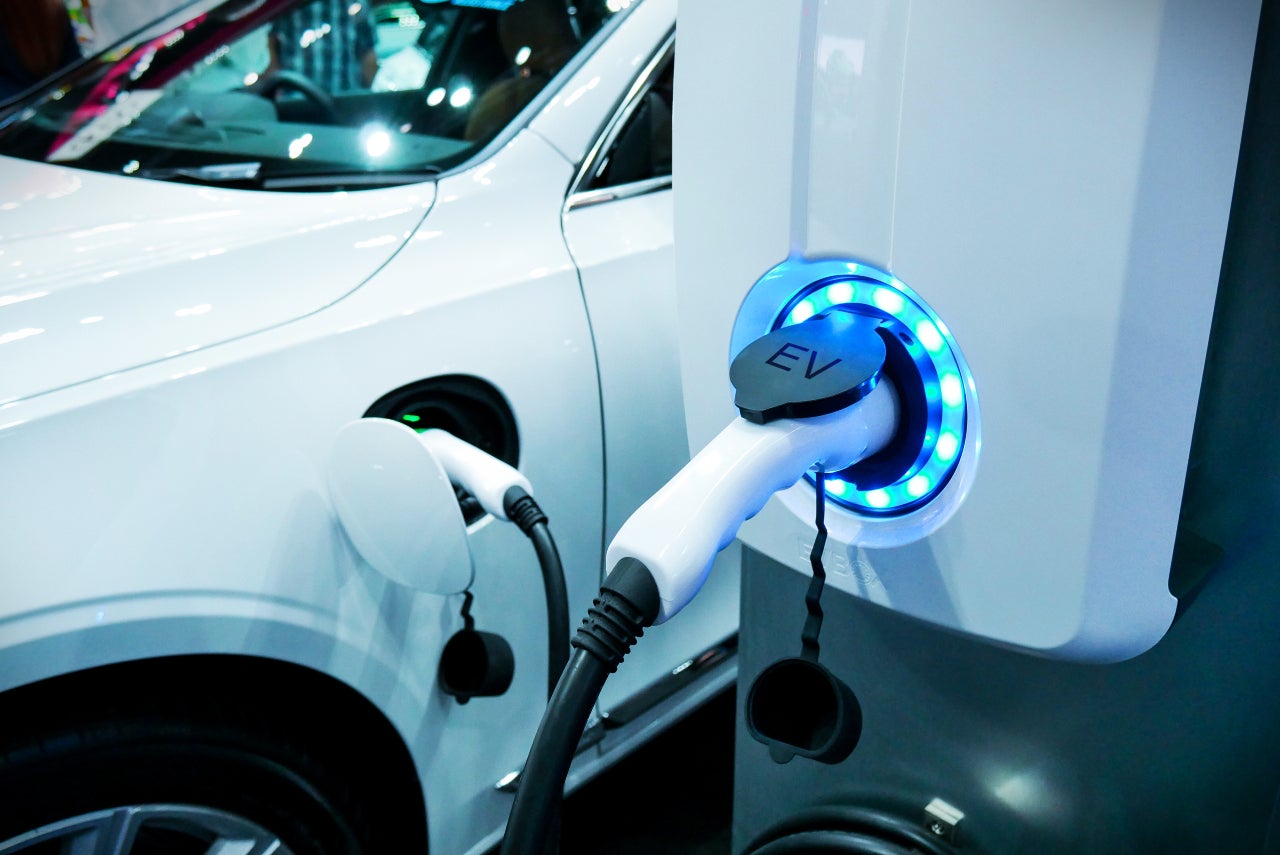
Within the different components of the energy transition, the replacement of internal combustion engine cars by alternative-fuel vehicles (AFVs) appears to be inevitable. The estimate by the year 2030 is for electric vehicles, including plug-in hybrids (PHEVs) and hydrogen fuel-cell vehicles (FCEVs), to account for more than 20% of the new car sales worldwide.
Sales of EVs and PHEVs are expected to reach 20 million by 2030 and 27.5 million by 2035. Hydrogen vehicles are forecast to grow noticeably during the second half of the current decade, increasing from 17,600 sales in 2024 to 126,000 in 2030. However, this number represents less than 0.2% of total world sales.


Currently, the segment of EVs and PHEVs is generally more developed than the hydrogen fuel-cell car sector. The main advantage of EVs resides in both its significantly higher number of cars and charging units with three million and 7.3 million respectively.
It is reinforced by the competitive price of EVs, now, on average around $40,000. By comparison, hydrogen cars are still priced in the $50,000 to $80,000 range.
How well do you really know your competitors?
Access the most comprehensive Company Profiles on the market, powered by GlobalData. Save hours of research. Gain competitive edge.

Thank you!
Your download email will arrive shortly
Not ready to buy yet? Download a free sample
We are confident about the unique quality of our Company Profiles. However, we want you to make the most beneficial decision for your business, so we offer a free sample that you can download by submitting the below form
By GlobalDataNonetheless, hydrogen fuel cell cars have a few advantages that could be further exploited such as generally a faster charging time of about three minutes versus an average of 30 mins for EVs. Also, hydrogen vehicles tend to have a higher kilometre range per full charge.
However, some O&G companies already have significant strategies with respect to electric mobility. Several companies are investing in the sector directly by acquiring infrastructure to increase their network of EVs charge points. Some are also entering the business of supplying hydrogen to charging points.
For instance, Shell has an ambitious plan to increase its network of charge points eightfold to 500,000 charge points by 2025.
Total SE is planning to position itself as a leading player in electric mobility and provide a whole value chain from power generation to manufacturing batteries for EVs. Mitsui believes that shared rides and electric buses will play a big role in building green solutions for smart cities. The company plans to expand its footprint in the ride-sharing automotive and public transportation industry, as well as building infrastructure to transport hydrogen and adopt hydrogen fuel-cell electric vehicle (HFCEVs) technology.
Woodside is planning to use its advantageous position in liquefied natural gas (LNG) marketing and target supply of blue hydrogen first, eventually, transitioning to scalable green hydrogen production once the cost falls to an acceptable level.

However, as of now, O&G operators that are currently investing in AFVs retain their refining capacity stable to the year 2030. The uncertainty on the pace, at which traditional cars will be replaced, coupled with the growth of fuel demand in some regions such as North America incentivises keeping the traditional business afloat as it can continue providing an important share of the revenue.

Despite seeing a continuous rise in fuel demand throughout the last decade, in 2021-2030, it is expected that demand will plateau as countries take greater measures to curb emissions and begin to introduce vastly more infrastructure for electric and fuel-cell vehicles. EV market might see a greater increase to meet transport oil demand peak. The largest declines in fuel demand will be in Europe and Asia from 2021 to 2030 of approximately 5% each. Despite the incentives for AFVs, North America’s fuel demand is still expected to grow 3% by 2030.




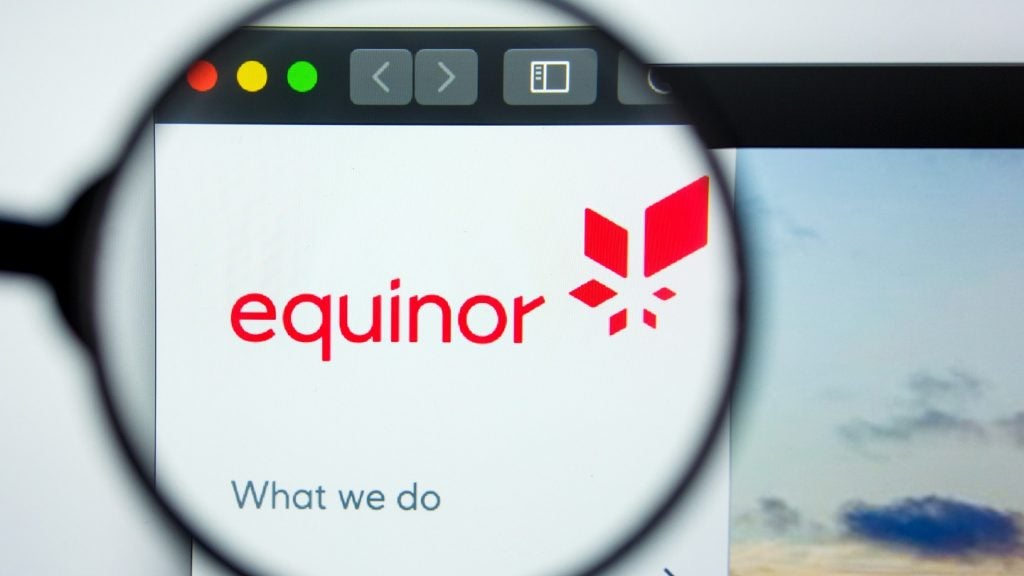
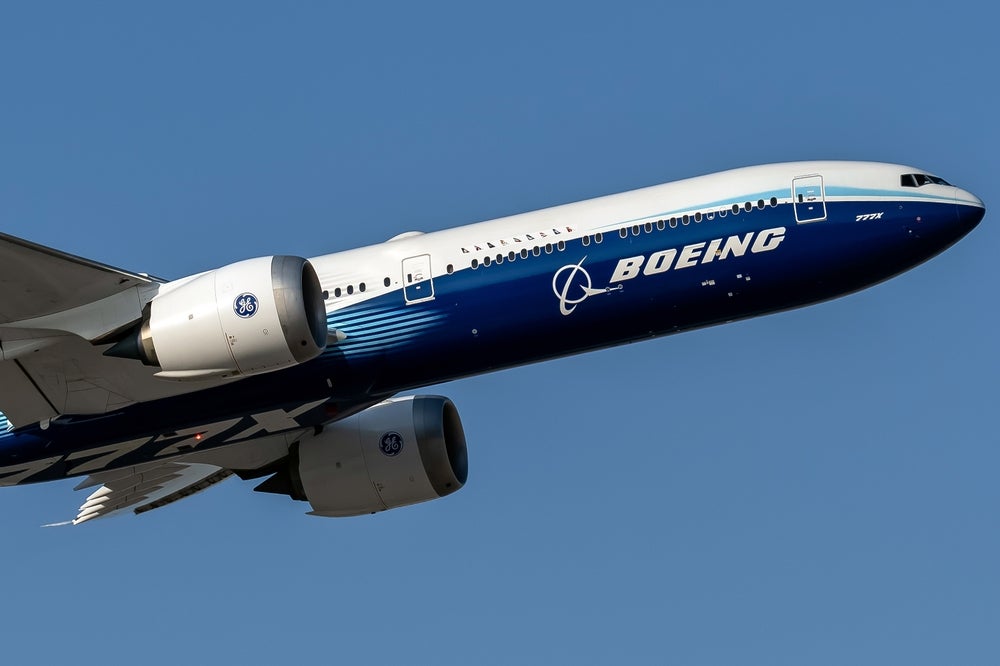
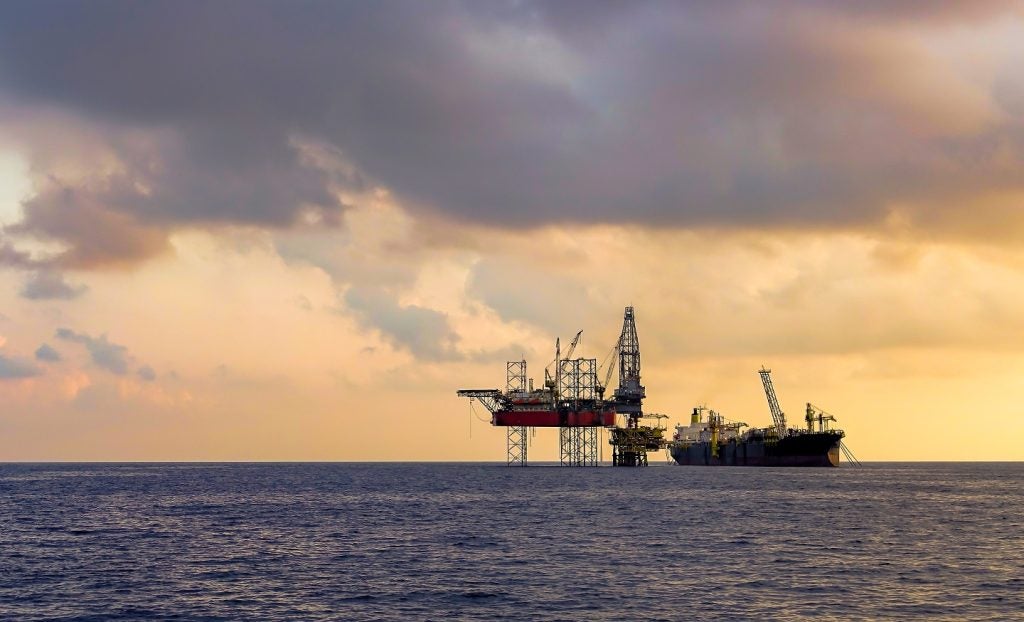
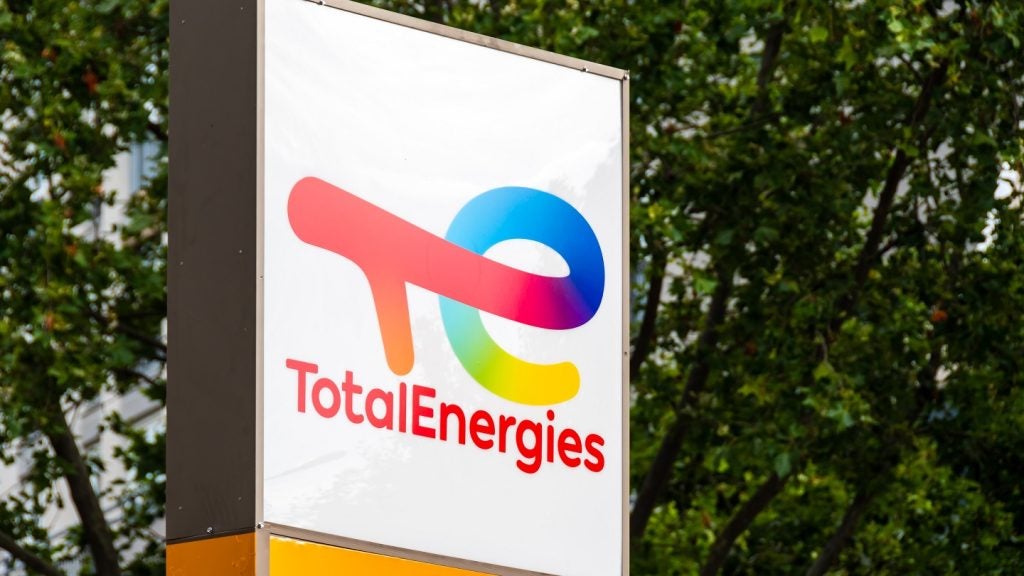

Related Company Profiles
EVS, Inc.
Shell Co., Ltd.
Mitsui & Co Ltd